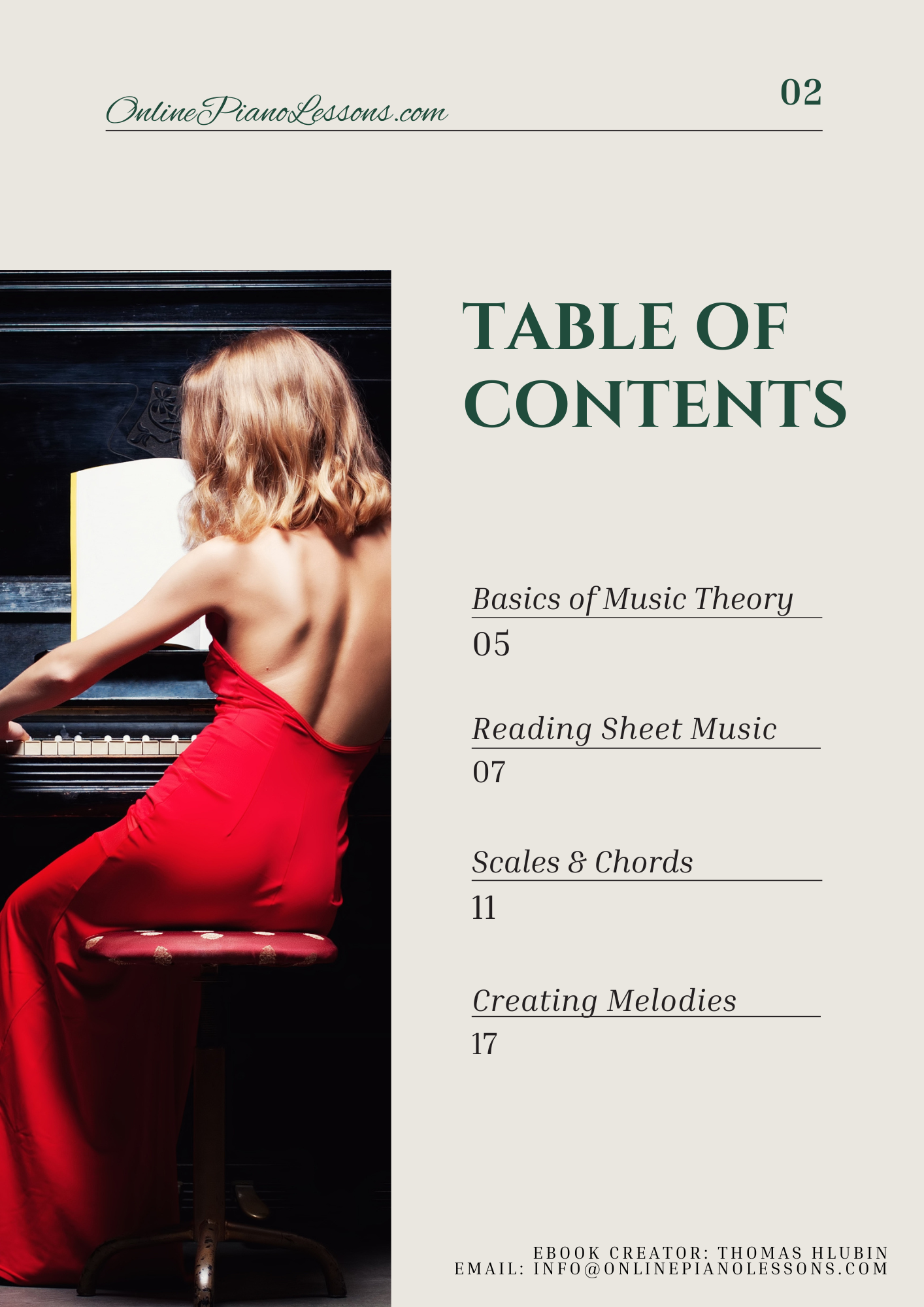Among all the fascinating modes and scales used on the piano, few are as exotic, dramatic, and emotionally charged as the Phrygian dominant. This scale carries an unmistakably Eastern or Spanish flavor and has been used by composers and improvisers for centuries to evoke mystery, tension, and grandeur. Whether you’re composing classical music, improvising in jazz, or exploring world music sounds, mastering the Phrygian dominant on the piano opens up a new level of creative expression.
In this definitive guide, we’ll explore what the Phrygian dominant scale is, how it works on the piano, its structure, origins, uses, and practical ways to integrate it into your playing.
What Is the Phrygian Dominant?
The Phrygian dominant is one of the seven modes of the harmonic minor scale. It is the fifth mode — meaning it begins on the fifth note of any harmonic minor scale.
For example, if you take the A harmonic minor scale (A – B – C – D – E – F – G# – A) and start from its fifth note, E, you get:
E – F – G# – A – B – C – D – E
That’s the E Phrygian dominant scale.
The formula for the Phrygian dominant (in terms of intervals) is:
Half – Augmented Second – Half – Whole – Half – Whole – Whole
In scale degrees, it’s represented as:
1 – b2 – 3 – 4 – 5 – b6 – b7 – 8
This combination gives the Phrygian dominant its unmistakable character — part major, part minor, and entirely unique.
The Sound of the Phrygian Dominant on the Piano
When played on the piano, the Phrygian dominant has a bold, fiery, and exotic quality. It’s often associated with:
- Middle Eastern and Arabic music
- Spanish flamenco
- Klezmer (Jewish folk music)
- Metal and jazz fusion styles
Its raised third (the 3rd scale degree) gives it a major chord foundation, while the flat second and flat seventh inject an unmistakable tension. The result is a scale that sounds both powerful and mysterious — a mixture of dominance and intrigue.
If you play an E Phrygian dominant on the piano, the notes are:
E – F – G# – A – B – C – D – E
Try playing an E major chord (E–G#–B) underneath that scale, and you’ll hear the characteristic tension of this sound.
Why Is It Called “Phrygian Dominant”?
The name comes from its connection to the Phrygian mode — one of the seven traditional modes derived from the major scale. The Phrygian mode itself is the third mode of the major scale and features a minor third (making it a minor mode).
However, the Phrygian dominant differs because it has a major third, not a minor one. That single change turns the sound from dark and somber to fiery and commanding — hence the term “dominant.”
It’s often called “Spanish Phrygian,” “Phrygian major,” or “Mixolydian b9 b13” (in jazz theory). Regardless of the name, its harmonic pull makes it a favorite among composers seeking intensity and color.
How the Phrygian Dominant Works on the Piano
The Phrygian dominant is harmonically rich because it naturally fits over a dominant V chord in a minor key.
For example, in A minor:
- The V chord is E7 (E–G#–B–D)
- The scale that fits perfectly over that chord is E Phrygian dominant
That’s why this mode is often used in classical, flamenco, and jazz music to highlight the tension of the dominant chord before resolving to the tonic.
When you play the Phrygian dominant on the piano, you’re essentially emphasizing that V7 sound but with added exotic color from the flat 2nd and flat 6th degrees.
How to Build the Phrygian Dominant on the Piano
Here’s how you can construct the Phrygian dominant starting on any note:
- Start from your chosen root note (let’s use C for this example).
- Move up one half step (C → Db).
- Move up an augmented second (Db → E).
- Move up a half step (E → F).
- Move up a whole step (F → G).
- Move up a half step (G → Ab).
- Move up a whole step (Ab → Bb).
- Move up a whole step (Bb → C).
So your C Phrygian dominant scale would be:
C – Db – E – F – G – Ab – Bb – C
Try playing that slowly on the piano, and you’ll immediately hear that unmistakable Eastern or Spanish flavor.
Common Phrygian Dominant Scales on the Piano
Here are some of the most commonly used Phrygian dominant scales, written out for piano practice:
- C Phrygian Dominant: C – Db – E – F – G – Ab – Bb – C
- D Phrygian Dominant: D – Eb – F# – G – A – Bb – C – D
- E Phrygian Dominant: E – F – G# – A – B – C – D – E
- F Phrygian Dominant: F – Gb – A – Bb – C – Db – Eb – F
- G Phrygian Dominant: G – Ab – B – C – D – Eb – F – G
- A Phrygian Dominant: A – Bb – C# – D – E – F – G – A
- B Phrygian Dominant: B – C – D# – E – F# – G – A – B
Practicing these in multiple octaves on the piano is a great way to build familiarity with their sound and structure.
Using the Phrygian Dominant in Improvisation
In improvisation, the Phrygian dominant shines when played over dominant 7 chords that resolve to a minor chord. For example:
- Over E7 → Am, use the E Phrygian dominant.
- Over A7 → Dm, use the A Phrygian dominant.
- Over D7 → Gm, use the D Phrygian dominant.
In jazz or fusion, pianists often use it to add tension before resolution — especially in modal jams or Latin-influenced progressions.
Try improvising over a simple vamp:
| E7 | E7 | Am | Am |
Using the E Phrygian dominant, you’ll instantly hear that fiery Spanish or Middle Eastern feel.
Famous Uses of the Phrygian Dominant
This mode appears in many genres of music, often when composers or performers want to evoke mystery or exoticism:
- Flamenco: The Phrygian dominant is fundamental to traditional flamenco harmony.
- Metal: Bands like Metallica, Yngwie Malmsteen, and Symphony X frequently use it for dramatic solos.
- Jazz: Musicians like John Coltrane and Chick Corea used the scale for modal improvisation.
- Film Scores: Composers use it to convey tension or exotic landscapes — think of Middle Eastern or desert scenes.
The Phrygian dominant’s adaptability across genres makes it one of the most powerful tools a pianist can learn.
Practicing the Phrygian Dominant on the Piano
Here are a few ways to integrate it into your daily piano routine:
- One-octave practice: Play slowly in every key to internalize the pattern.
- Two-hand coordination: Practice parallel and contrary motion.
- Chord connections: Play the scale while alternating with its matching dominant chord (e.g., E7 + E Phrygian dominant).
- Improvisation drills: Loop a dominant chord and explore melodies using the scale.
- Repertoire study: Analyze songs or pieces that use this sound to recognize it by ear.
Consistency and exploration are key — the more you experiment with this mode, the more musical colors you’ll discover.
Why Pianists Should Learn the Phrygian Dominant
The Phrygian dominant is not just another scale — it’s a gateway to understanding tension and release, one of the most fundamental principles in music. It teaches pianists how to:
- Build drama within a phrase
- Create exotic melodies
- Expand harmonic vocabulary
- Connect classical, jazz, and world traditions
By learning this scale, you’ll gain the ability to add a new dimension to your playing — one that combines both technical mastery and emotional power.
Final Thoughts
The Phrygian dominant is one of the most captivating sounds you can play on the piano. Its combination of brightness and tension makes it a favorite in countless genres, from flamenco to jazz to metal. Learning to use it effectively gives you the power to create music that feels both ancient and modern, familiar yet otherworldly.
So sit at your piano, start with a simple E7 chord, and let the Phrygian dominant scale transport you into a world of musical fire and color.
FAQ: Phrygian Dominant on the Piano
What makes the Phrygian dominant different from the regular Phrygian mode?
The Phrygian dominant has a major third (instead of a minor third), giving it a more dominant and exotic sound.
What chord does the Phrygian dominant work best over?
It works beautifully over a dominant 7 chord that resolves to a minor chord, such as E7 resolving to Am.
How can I recognize this mode by ear?
Listen for the tension between the flat 2 and the major 3 — that clash gives it its signature sound.
Is the Phrygian dominant used in classical music?
Yes! Composers like Ravel, Liszt, and Rimsky-Korsakov used it to evoke Eastern and Spanish tonalities.
Should beginners learn this scale early on?
Beginners can explore it for fun, but it’s most useful once you’re comfortable with major and minor scales first.







 Hi, I'm Thomas, Pianist Composer,
Hi, I'm Thomas, Pianist Composer,  I love playing piano, creating new melodies and songs, and further developing my online piano course and making updates/additions to my site OnlinePianoLessons.com!
I love playing piano, creating new melodies and songs, and further developing my online piano course and making updates/additions to my site OnlinePianoLessons.com!  Now that is what I call fun!
Now that is what I call fun!
